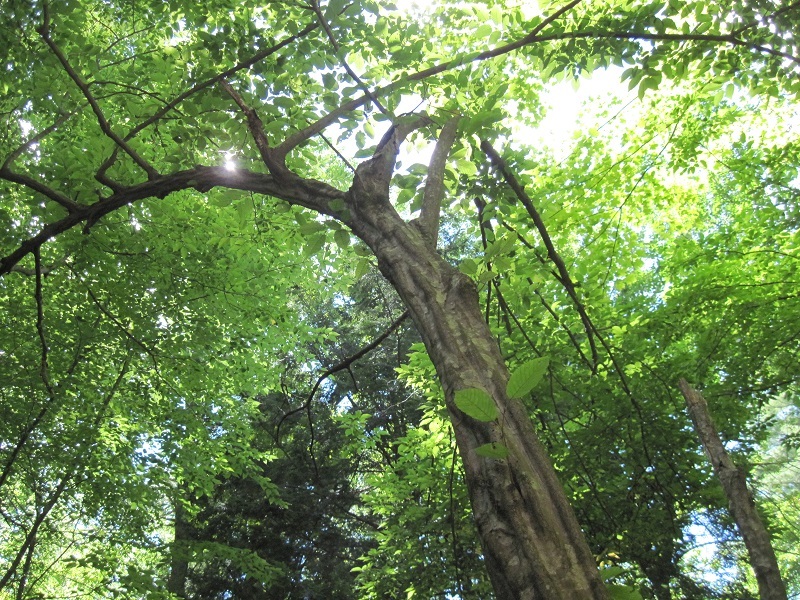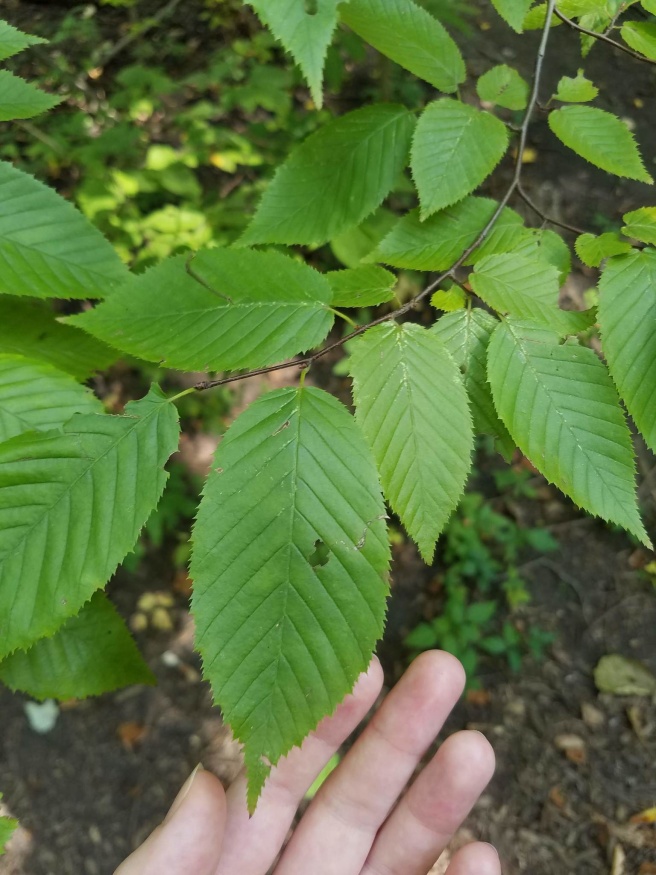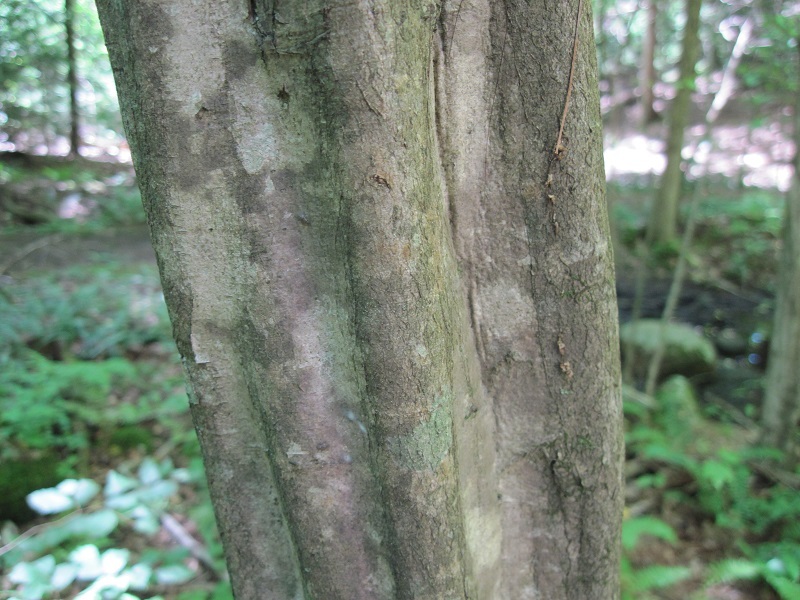Blue Beech

Other Names: American hornbeam, musclewood
Family: Betulaceae Native to: Eastern North America
Eco benefits: attracts birds, valuable wood, medicinal
Natural habitat: swamps & bogs, understory, waters edge, inner forests, hillsides & uplands
Shapes: round
Growth rate: medium
Unique attractions: fall colour, bark, branching
Common uses: landscaping, cityscape, specimen
Light: partial shade, full shade
Soil: moist and fertile, tolerates heavy clay, wet, sandy
Reproduction type: monoacious
Blue beech is a very small understory tree of the Carolinian Forest of Eastern North America. Known for the flexed muscle appearance of its trunk., Its smooth, hard bark can also cause it to be confused with a small beech tree. Blue beech is actually a hornbeam, also known as American hornbeam or 'musclewood'. This name not only describes the trunk shape, but the fact that its wood is incredibly strong and used to make bowls, plates, flooring, and tool handles.

Blue beech is slow growing, with a shorter lifespan than average; usually found in forest understory and along edges of the Great Lakes. In Canada it is native to Southern Ontario, Pembroke, Renfrew and Manitoulin Island. It prefers shady areas with rich moisture but is versatile and can grow in a variety of soils. Fine twigs, low branching, spreading form, and compact size make it a good choice for parks and Urban areas.

The leaves are blueish green with fine teeth, becoming larger along the branch shoot. In the fall, leaves turn golden yellow to orange. Male catkins are yellow and remain on branches over the winter. Female catkins are shorter and green in colour, appearing in the spring. Seeds are produced after about 15 years of age. Hanging samaras ripen in November consisting of nuts surrounded by papery, leaf like bracts. Squirrels and birds eat the flowers and seeds.
References
The Arboretum - University of Guelph. (2020). Blue Beech - Carpinus caroliniana. Retrieved from https://www.uoguelph.ca/arboretum/thingstosee/trees/bluebeech
Tree Atlas - Ontario. (2020). Blue beech. Retrieved from https://www.ontario.ca/page/blue-beech
Szabo, M. (2019). Blue Beech. Retrieved from https://reforestlondon.ca/march-2019-blue-beech